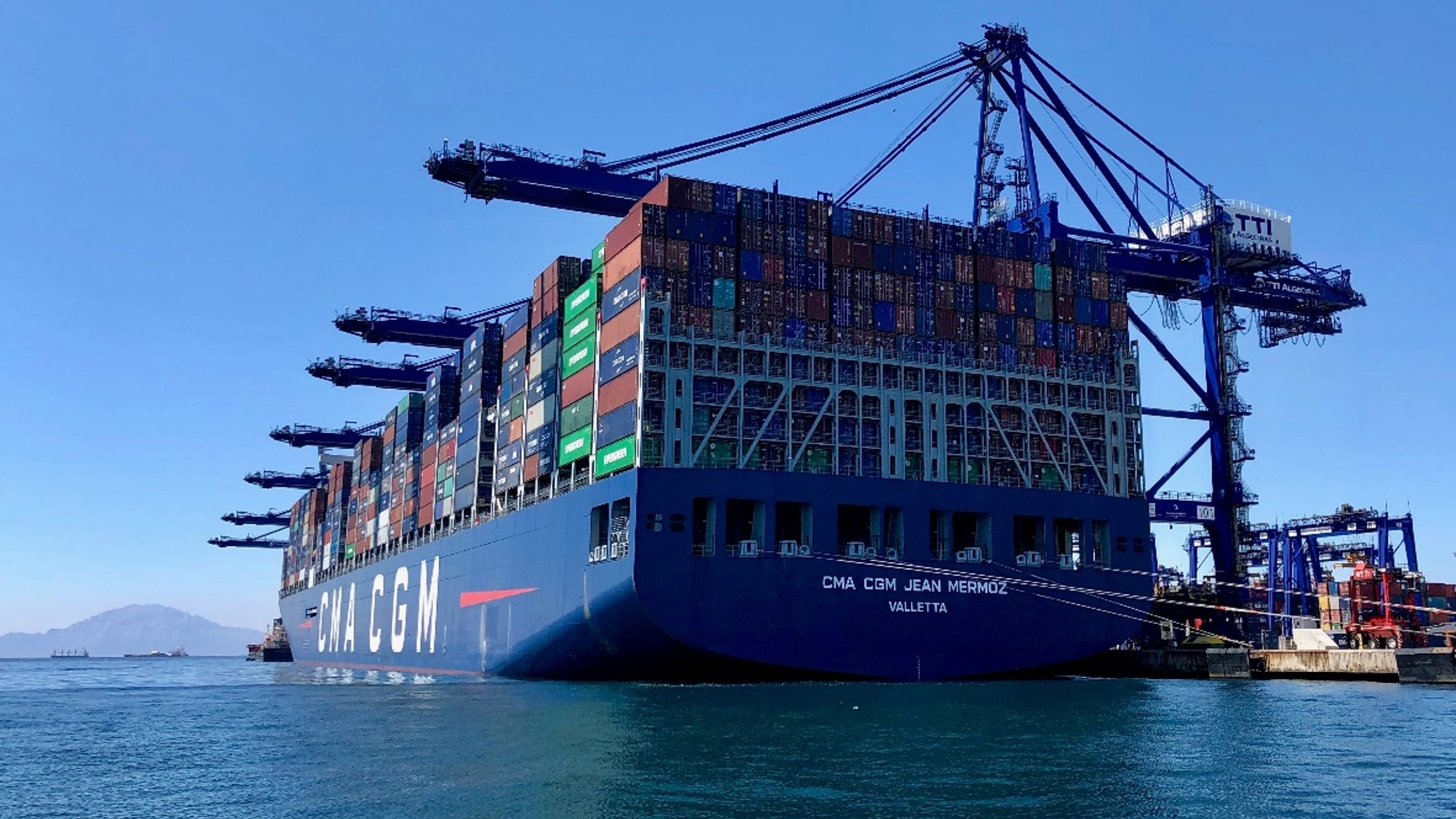
In the past few years, the world’s leading ports have been investing in their digital ecosystems, in particular in creating Port Community Systems (PCS) to enhance their connectivity and boosting the efficiency by providing digital, real time information to all players in the port.
Transparency around shipment status generates huge benefits for carriers, forwarders, shippers and so on by providing them with real-time information and the capability to predict container availability, arrival times, gate out, and so forth. Ports must deliver this transparency. Therefore, establishing digital ecosystems such as PCS is a preferred option between ports.
However, those ports starting with PCS should avoid old PCS concepts and start developing new-style PCS and digital port ecosystems. But the implementation of this kind of projects are time-consuming, highly complex and expensive. So, how could ports overcome this challenges? Does today’s success guarantee success in the future? How are we going to achieve global connectivity and new developments?
“The new generation of PCS will help to achieve current goals and will be the key for the future of ports and logistics”
In such context, the Port of Rotterdam considers that the new approach for PCS will have four distinctive design criteria:
- Software as a Service: Affordable and Scalable.
- Generic modules. Use proven optimal data flows for vessels and cargo in a generic way. The standardization of numerous processes will allow the creation of generic modules. As a result, systems are more easily tailored to the needs and capabilities of ports.
- Data owner central. Data ownership is crucial for sharing data, especially considering matters like security, relevant legislation and commercial value of data.
- Connected to global developments and the opportunity to expand the focus from the supply chain to the hinterland and global connectivity.
It is expected that the next-generation of PCS, provided by Portinsider-POR, will deliver the following benefits for ports starting with PCS :
- Worry-free through Service as a Software. Affordable and Scalable.
- Learn from front-runners: Use the optimal data flows defined by the best ports.
- Control your Data: Data owners’ needs are met and they retain control over their own data.
- Future proof: rapid and effective response to global developments.
- Use of standards and simple set-ups.
- Finally, slashing the number of telephone calls in the community and the number of emails. It is also expected a reduction of the traffic load on port-hinterland roads.
[button url=»https://www.porttechnology.org/technical-papers/port-community-systems-taking-ports-to-the-next-level/» class=»» bg=»» hover_bg=»» size=»14px» color=»» radius=»0px» width=»0px» height=»0px» target=»_self»] See the complete paper [/button]
Port Community Systems. Taking Ports to the Next Level

In the past few years, the world’s leading ports have been investing in their digital ecosystems, in particular in creating Port Community Systems (PCS) to enhance their connectivity and boosting the efficiency by providing digital, real time information to all players in the port.
Transparency around shipment status generates huge benefits for carriers, forwarders, shippers and so on by providing them with real-time information and the capability to predict container availability, arrival times, gate out, and so forth. Ports must deliver this transparency. Therefore, establishing digital ecosystems such as PCS is a preferred option between ports.
However, those ports starting with PCS should avoid old PCS concepts and start developing new-style PCS and digital port ecosystems. But the implementation of this kind of projects are time-consuming, highly complex and expensive. So, how could ports overcome this challenges? Does today’s success guarantee success in the future? How are we going to achieve global connectivity and new developments?
“The new generation of PCS will help to achieve current goals and will be the key for the future of ports and logistics”
In such context, the Port of Rotterdam considers that the new approach for PCS will have four distinctive design criteria:
- Software as a Service: Affordable and Scalable.
- Generic modules. Use proven optimal data flows for vessels and cargo in a generic way. The standardization of numerous processes will allow the creation of generic modules. As a result, systems are more easily tailored to the needs and capabilities of ports.
- Data owner central. Data ownership is crucial for sharing data, especially considering matters like security, relevant legislation and commercial value of data.
- Connected to global developments and the opportunity to expand the focus from the supply chain to the hinterland and global connectivity.
It is expected that the next-generation of PCS, provided by Portinsider-POR, will deliver the following benefits for ports starting with PCS :
- Worry-free through Service as a Software. Affordable and Scalable.
- Learn from front-runners: Use the optimal data flows defined by the best ports.
- Control your Data: Data owners’ needs are met and they retain control over their own data.
- Future proof: rapid and effective response to global developments.
- Use of standards and simple set-ups.
- Finally, slashing the number of telephone calls in the community and the number of emails. It is also expected a reduction of the traffic load on port-hinterland roads.
[button url=»https://www.porttechnology.org/technical-papers/port-community-systems-taking-ports-to-the-next-level/» class=»» bg=»» hover_bg=»» size=»14px» color=»» radius=»0px» width=»0px» height=»0px» target=»_self»] See the complete paper [/button]
0 respuestas en "Port Community Systems. Taking Ports to the Next Level"
Deja un mensaje
Lo siento, debes estar conectado para publicar un comentario.

0 respuestas en "Port Community Systems. Taking Ports to the Next Level"